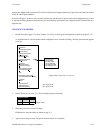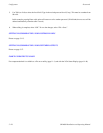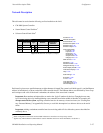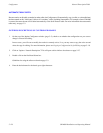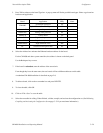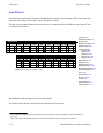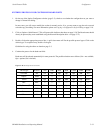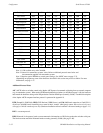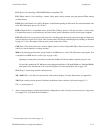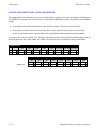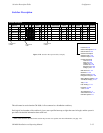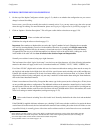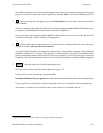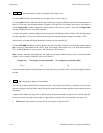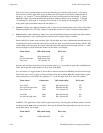Configurator
Serial Protocol Table
5−33CM 4000 Installation and Operating Manual
ES (ESbus) is for controlling a EBU/SMPTE ESbus−compatible VTR.
ESC (ESbus control) is for controlling a “remote” (third−party) routing switcher using the proposed ESbus routing
switcher dialect.)
ESCP (ES−Control Panel) is for a JEP−100 Jupiter / Control Panel operating in Serial mode. For more information, refer
to the JEP−100 manual, part no. 071 8376 xx.
ESW (ESswitch) This is a simplified version of the ESbus Tributary protocol. This protocol allows a Grass Valley
Crosspoint Bus router
‡
to be controlled by an Encore control system, automation system, or third−party computer.
ESP (ESbus Physical) is a protocol used for “physical” switching where the control system selects physical inputs and
physical outputs on logical levels. (Note: This is not the same as File Server controlled physical switching, as described
on page 14−1.) For a description of this protocol, please contact Grass Valley.
GNP (Grass Valley Native Protocol) is used for Jupiter control of a Grass Valley SMS 7000 or Encore control system
(which is in turn connected to a routing switcher).
MPK is the “Message per Keystroke” protocol used for all MPK devices, such as CP−3000 series control panels. (For
a complete list of MPK devices, see Dev Type on page 5−108.)
Operating a control panel at any baud rate other than 38400 will limit the number of panels per port to one.
For use with a modem, the CP 3000 panel can be equipped with either a 1200 baud PROM or a 2400 baud PROM;
other panels allow the baud rate to be set at the front panel. For more information, refer to page 2−62.
SNY (Sony) is for the Sony machine control protocol.
TSL−UMD (TSL) is for Television Systems Ltd. under monitor displays. For more information, see Appendix S.
TRI (Triton) routing switcher protocol. Hardware installation of these switchers is discussed on page 2−13.
VT_ is a custom protocol.
5. After saving your changes, compile and activate the configuration set. (See Compiling and Activating the Configuration
Set on page 5−13 if you need more information.)
‡
“Crosspoint Bus routers” are listed on page 1−11.



